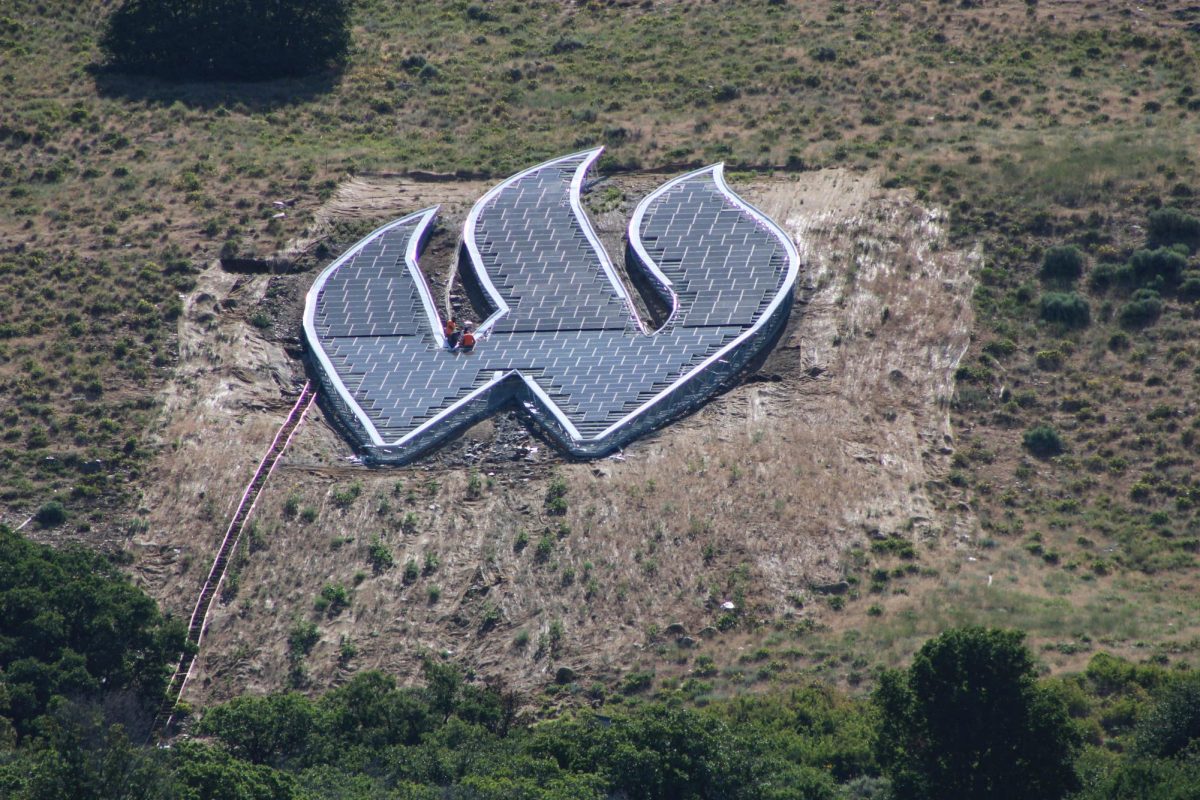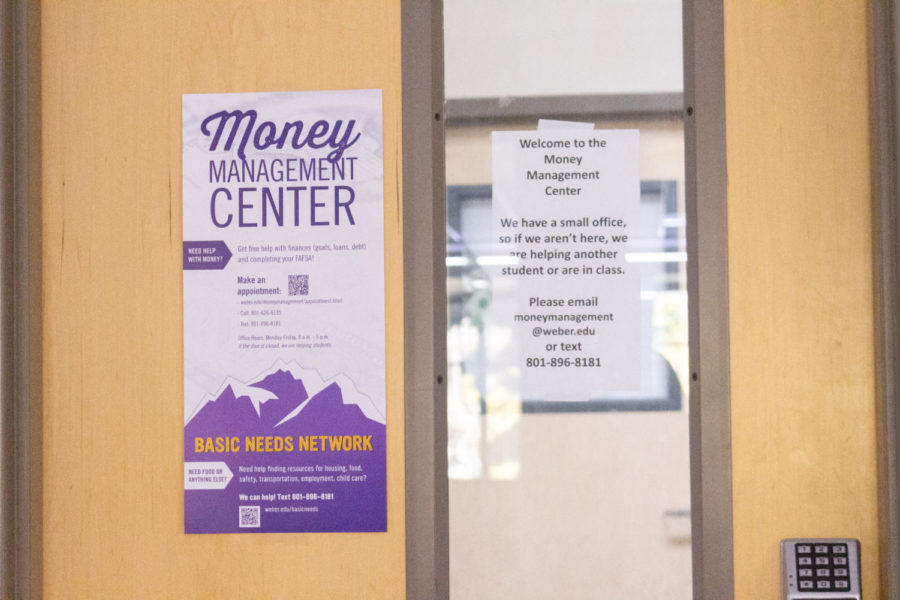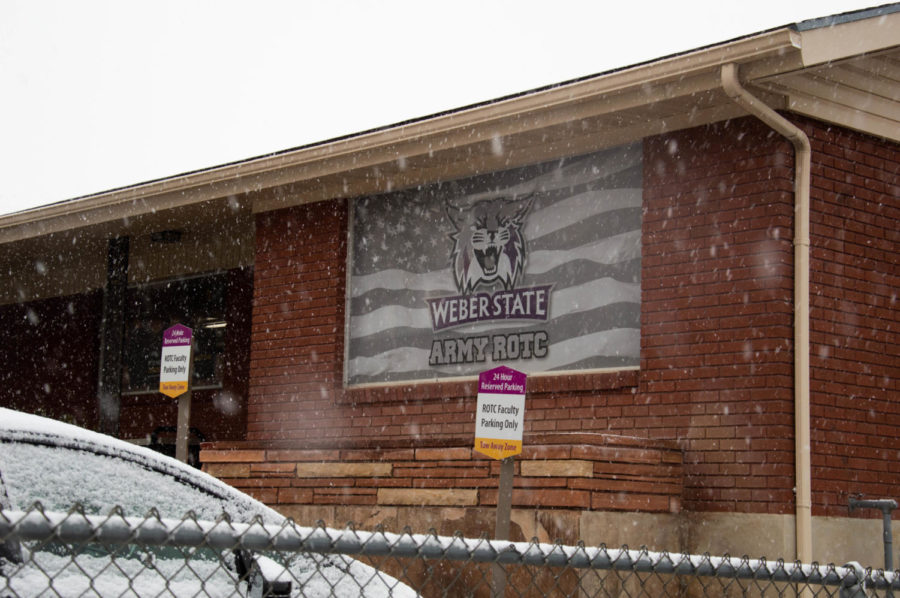The Sustainability Snapshot Series will focus on research about sustainability and other challenges in the community this semester. Professors and other researchers in a variety of fields will speak to Weber State University students about how to change issues such as climate change.

Daniel Bedford, professor of geography, led the discussion on the effect of rising temperatures, with an emphasis on urban communities, on Oct. 12. The takeaway: global warming is undeniably leading to a rise in temperatures and urban areas are sizzling.
“The three most important things to remember from the lecture are urban environments get hotter than rural, climate change will make cities hotter and exposure to heat stress is not equitably distributed,” Bedford said.
There are several factors that contribute to higher temperatures in urban areas compared to rural areas. Bedford provided a few examples of heat-adding factors such as city geometry, layout, roads, sidewalks, buildings, heat from human activities and heat that escapes from insulated buildings. Dark surfaces such as streets and parking lots attract a significant amount of heat.
Bedford said the biggest factor in bringing down city temperatures is water. Vegetation contains water and lowers city temperatures which demonstrates a major benefit of grass and trees in city planning. Cities that do not have sufficient water and vegetation suffer greater impacts of climate change, “including potentially lethal heat waves,” Bedford said.
One of the strongest takeaways from Bedford’s lecture is the draw between climate changes in urban areas and inequitable access to heat reducing strategies. Modern research shows a link between Redlined neighborhoods from the 1930’s and higher temperatures.
A study cited by NPR on Jan. 14, 2020, found “of 108 urban areas nationwide, the formerly redlined neighborhoods of nearly every city studied were hotter than the non-redlined neighborhoods, some by nearly 13 degrees.”

Predominantly white neighborhoods have more vegetation, in the form of parks and trees, which leads to lower intercity temperatures while predominantly black neighborhoods do not have access to similar resources.
“This has a lot of critical social justice implications,” Bedford said. The long-lasting effects of Redlining have created disparities in protection from climate change.
Education is a key element in addressing these issues. In regards to the Snapshot Series, the Weber Sustainability page states, “together, we must strive toward a more just and sustainable world in which the activities and lifestyles of people are in greater harmony with the natural world, its systems and resources that enable our lives.”
The site also says the series aims to showcase how many award-winning faculty from across campus are engaging with sustainability in their teaching, research and through applied projects.
The Sustainability Snapshot Series will continue through Dec. 7. It is held on Tuesdays from 1:30-2:45 p.m. in Lindquist Hall 395 or on Zoom. Additional information as well as the zoom link can be found on the sustainability website https://www.weber.edu/sustainability/snapshots.html. Future topics include access to the outdoors and recreation, environmental sociology in practice, summer wildfire smoke and wintertime, the Anthropocene in western political thought and teaching climate change solutions.



















